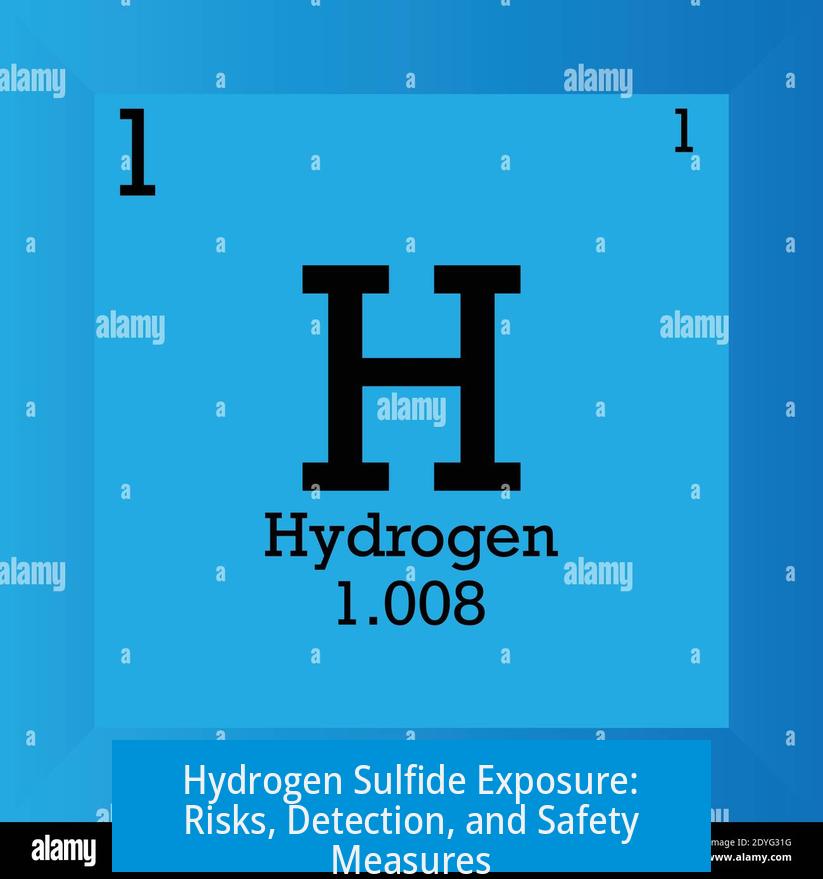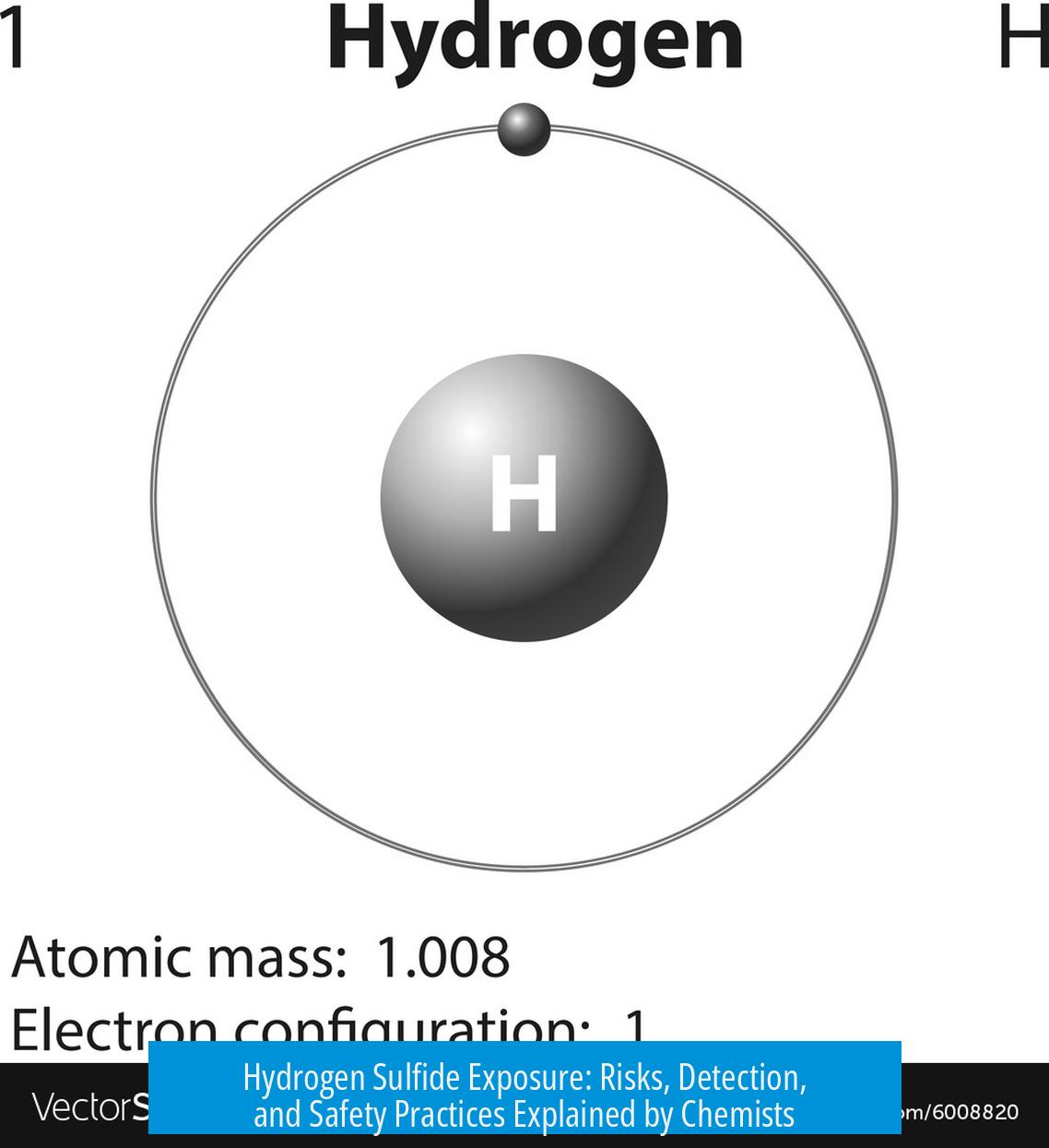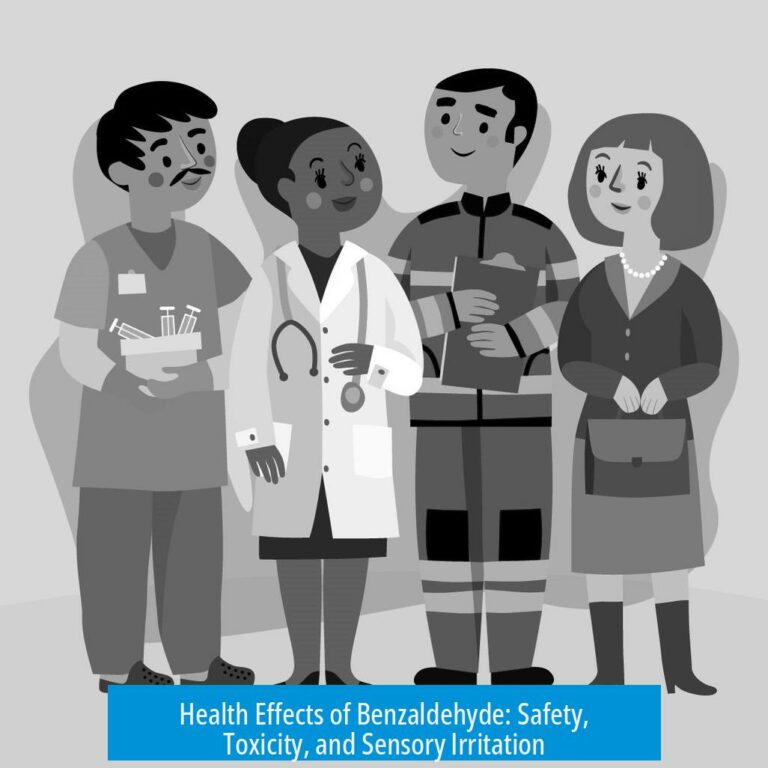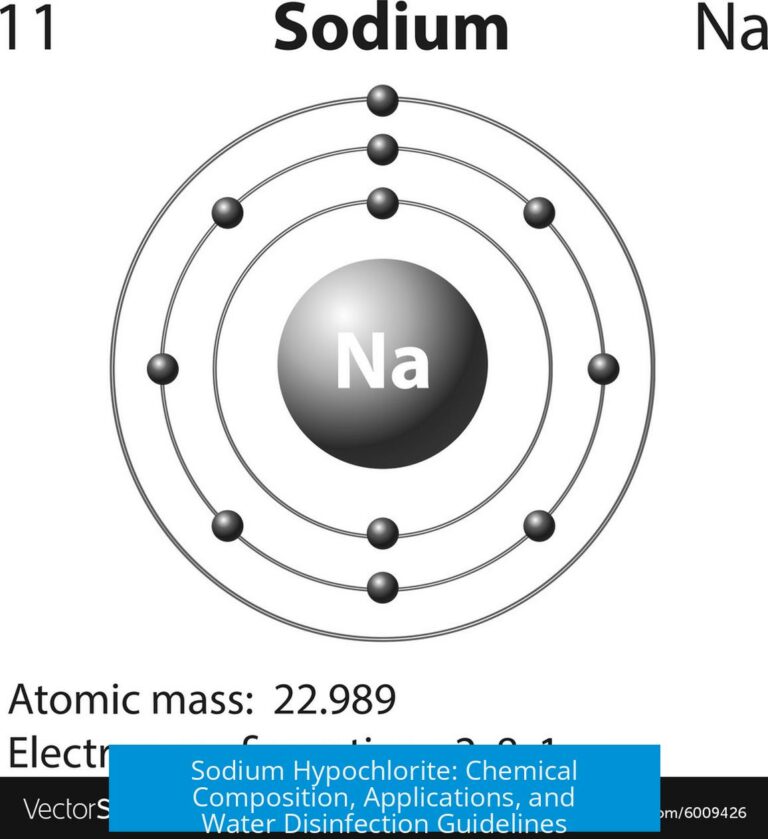Hydrogen Sulfide Exposure: Risks, Detection, and Safety Measures

Hydrogen sulfide (H2S) exposure is dangerous because this gas is highly toxic, often exceeding the toxicity of hydrogen cyanide. Its distinctive rotten egg odor serves as an early warning at low concentrations but becomes unreliable at higher concentrations when olfactory fatigue sets in. Understanding safe limits, symptoms, and precautions is critical for anyone working with or near H2S.
Toxicity and Olfactory Thresholds
Hydrogen sulfide is toxic even at low levels. The human nose can detect H2S at around 0.01 parts per million (ppm), making it one of the most sensitive chemical odors. This smell threshold provides an initial safety buffer as the gas’s odor is noticeable well before levels become harmful.
However, danger arises at concentrations above 200 ppm. At these levels, H2S overwhelms the olfactory receptors, causing olfactory fatigue. This paralysis of the sense of smell is deceptive and dangerous because the absence of odor does not indicate absence of risk. At concentrations exceeding roughly 250 ppm, symptoms can escalate rapidly from dizziness and nausea to unconsciousness and death if exposure continues.
Health Effects and Symptoms
Short-term exposure to low concentrations of hydrogen sulfide may cause irritation of the eyes, nose, and throat, headaches, nausea, and dizziness. Higher concentrations can induce severe respiratory distress, loss of consciousness, or even be fatal within minutes.
Unlike some toxic gases whose odors may go unnoticed by portions of the population, nearly everyone detects the smell of H2S early on. This unique feature gives an initial warning, but once olfactory fatigue sets in, the risk escalates sharply because the gas presence becomes unnoticed.
Detection Challenges and Monitoring
Reliance solely on smell to detect H2S is unsafe at elevated concentrations. The phenomenon of olfactory fatigue can mislead workers into believing the gas is no longer present, putting them minutes away from losing consciousness.
To mitigate this risk, employing hydrogen sulfide gas monitors is essential in workplaces at risk. These instruments provide continuous, reliable measurement of H2S concentrations. Monitoring enables adherence to Short Term Exposure Limits (STEL), ensuring exposure remains within safe bounds.
Safe Working Practices
- Use Fume Hoods: Conduct experiments or processes generating hydrogen sulfide under a properly functioning fume hood to prevent gas accumulation.
- Hydrogen Sulfide Monitors: Employ portable or fixed sensors when fume hoods are unavailable. These devices alert personnel to dangerous levels promptly.
- Maintain Alkaline Solutions: Keep solutions with H2S at pH levels above 9, which enhances solubility and reduces vapor pressure, limiting gaseous release.
- Ventilation: Ensure adequate ventilation in work areas to disperse any trace amounts of H2S.
- Review Exposure Limits: Familiarize with and comply with occupational exposure limits, such as those outlined by OSHA, which typically set an 8-hour average limit at 10 ppm and a STEL at 15 ppm.
Summary of Key Points
- Hydrogen sulfide is highly toxic; even a brief high-level exposure can cause rapid incapacitation.
- The odor threshold (~0.01 ppm) allows early detection but becomes ineffective at dangerous concentrations due to olfactory fatigue.
- Concentration above 200 ppm is hazardous; odor may be undetectable despite life-threatening conditions.
- Use fume hoods, gas monitors, and maintain proper pH in chemical solutions to reduce risk.
- Workplace safety requires constant monitoring and adherence to exposure limits for effective protection.
What levels of hydrogen sulfide are considered safe to smell?
The smell threshold is about 0.01 ppm. As long as you can smell H2S, the level is generally safe. Dangerous levels usually exceed 200 ppm, where the smell can disappear due to receptor blockage.
Why can you suddenly stop smelling hydrogen sulfide if it’s dangerous?
High H2S concentrations cause olfactory fatigue. This means your smell receptors become blocked, and you lose the ability to detect its odor. This is a sign that you may be close to losing consciousness.
What safety precautions should be followed when working with hydrogen sulfide?
- Always use a fume hood or an H2S monitor.
- Maintain solution pH above 9 to reduce vaporization.
- Review short-term exposure limits to stay within safe thresholds.
- Ventilate areas well during handling.
How toxic is hydrogen sulfide compared to other chemicals?
Hydrogen sulfide is more toxic than hydrogen cyanide. Even though its rotten egg smell acts as a warning, it can rapidly incapacitate you at high concentrations.
Are there any long-term health effects from low-level hydrogen sulfide exposure?
Low to moderate exposures tend to cause sickness but no clear evidence exists of lasting health effects. Acute high exposure can cause severe symptoms quickly.





Leave a Comment